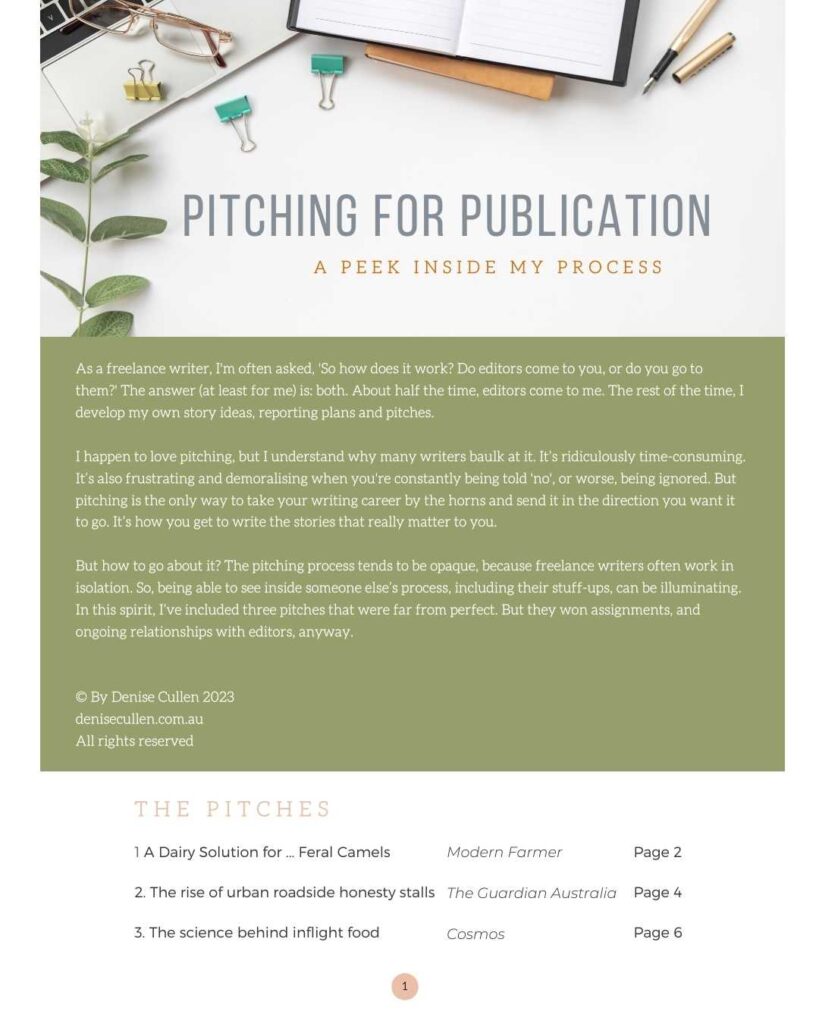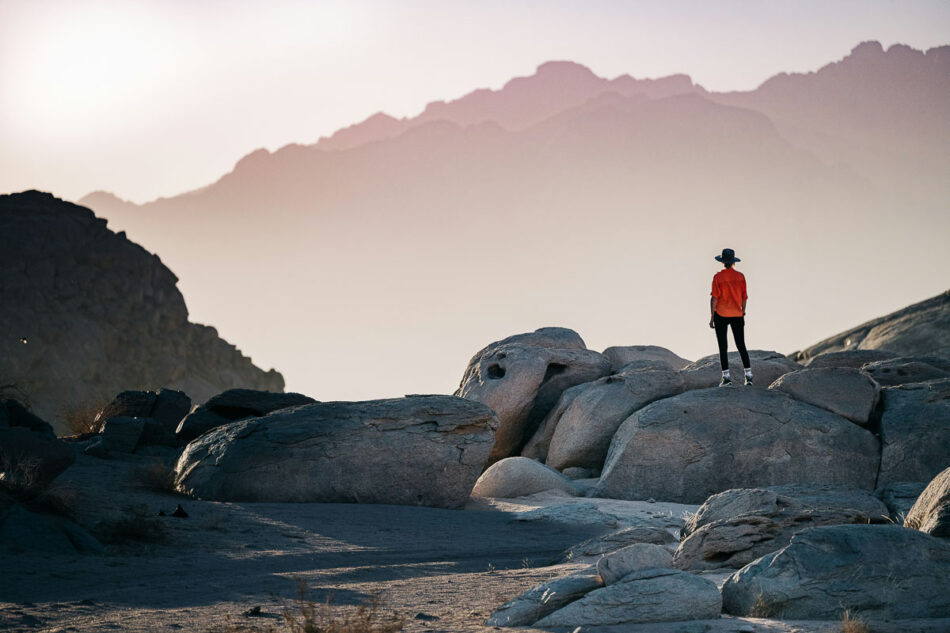As a freelance travel writer, it’s important to maximise the value of every trip you take by generating multiple stories from it.
Whether you’re visiting a new city, or looking at your hometown through a tourist’s gaze, every trip can yield several different story angles that can be sold to different publications.
This increases your chances that a tourism board or brand will sponsor your travel. It also allows you to increase your income, build your portfolio, and expand your industry connections.
Why you should write multiple stories from every trip
There are many reasons beyond purely financial ones that you should try to secure several commissions from every travel writing trip.
Maximise your investment.
Travel can be an expensive undertaking, even when the majority of your costs are covered.
(To find out why, read 13 truths and 1 lie about being a travel writer.)
Writing multiple stories out of a single trip means you’re spreading the costs across several income-generating pieces of content, making your endeavours more financially sustainable in the long run.
For example, I recently embarked upon a one-week, 4000-kilometre drive following Outback Queensland’s hot springs trail for a custom-published magazine targeted towards road trip enthusiasts.
Along the way, I conducted interviews with a couple for the lifestyle section of a major newspaper, completed several shorter contributions for a regular column in a different newspaper, pitched stories on a couple of fascinating farmstays I stayed at, and identified other possibilities for my just-launched travel blog.
A Hong Kong-based publication also picked up a (different) story about the hot springs trail.
Although I had only a single commission when I first set out, the total story count is now 14.
I did cover a lot of ground, but this isn’t unusual. Most travel writers I know operate in much the same way.
Selling multiple stories about different aspects of the same trip is necessary to make the time spent away from your desk financially viable.
(Read this to find out how to leverage psychological principles to sell more pitches.)
Build your portfolio.
A diverse portfolio can attract new clients, as it demonstrates your versatility (and creativity).
Showcasing your ability to cover different aspects of travel makes you more appealing to PRs who may wish for you to experience different tours or attractions at a single destination.
It also gives editors the confidence that you’re capable of handling whatever is thrown your way.
For example, I often hit both luxury and budget travel notes in a single trip.
Even if you or the tourism board you’re travelling with only has budget for mid-range hotels (or backpacking hostels), you can still step into a luxury resort for a drink, a meal or a massage.
Using an app such as Dayuse, you might even opt for a few hours’ use of a high-end hotel’s facilities at a lower price point than you’d pay for an overnight stay.
Strengthen editorial relationships.
Pitching multiple stories from a single trip means working with more editors – which ultimately safeguards your career.
That’s because the more connections you have, the more immune you are to industry shocks such as a publication suddenly shutting its doors.
Working with multiple editors means you get to know their individual needs and preferences.
The more you can demonstrate an understanding of these, the more likely it is you’ll receive future assignments, even if an editor leaves for a rival publication.
In this way, the relationships you build with editors can lead to regular assignments, higher-paying opportunities, and freelance commissions that come directly to your inbox.
Boost your visibility.
Writing for multiple publications, each with their own readership, allows you to reach a wider audience.
By contributing to several outlets, you increase your visibility as a travel writer.
This helps increase your authority and build a personal brand – which is important if you want to diversify your income through attracting additional opportunities such as speaking engagements, workshops, or book deals.

How to write multiple stories from a single trip.
Pitching several different stories from a single trip sounds like a lot of work (and it is). But it’s easier than you think. Before long, you’ll find your ideas multiplying like the hot air balloons in Cappadocia, Turkey.
Plan your trip with multiple stories in mind.
Before you so much as pack your bags, carve out some time to think about the different types of stories you can write about a particular destination.
For example, if you’re traveling to the Maldives, you might pen one piece on the luxury resort you’re staying at, another on coral restoration efforts, and a third on a wildlife spotting tour.
It pays to think laterally. If you’re planning to write a destination guide about a particular city, could you also write a story which focusses upon safety tips and hacks?
If you’re reviewing a high-end hotel, could you also explore family-friendly destinations, activities, and accommodations while you’re in the region?
If you’re covering adventure and outdoor activities such as hiking and biking, could you write a separate story on sustainable tourism practices?
Thinking creatively helps ensure that each story is to the needs of different publications.
Identify different story angles.
There’s always a way to tweak the angles of different stories so each one is unique and tailored to the needs of different publications.
This year, for instance, I reviewed Qatar’s Zulal Wellness Resort for The Australian (Travel + Luxury).
The same trip yielded a listicle style story for Explore Travel about 8 things I learned about Traditional Arabic and Islamic Medicine while I was there.
I then wrote a third story about a new hotel in Doha I stayed at before heading home for Luxury Travel Magazine.
I’m currently writing a fourth story about the resurgence of ancient traditions for a lifestyle magazine.
Working to come up with new and different angles can freshen up a tired topic and show your uniquely human take on a topic, as opposed to something an AI model would generate.
Pitch to the right publications.
It almost goes without saying, but each story should be pitched to a publication that aligns with its focus.
For example, a story about luxury resorts would be best suited for a high-end travel magazine, while a food-focussed story would be more appropriate for a culinary title.
Doing your research to understand the tone, style, and target audience of each publication you’re pitching to can sound tedious, but it really pays off.
To read three successful pitches – and how I could have improved on them – get my freebie Pitching for Publication.
Don’t forget to highlight any special expertise you bring to the subject area.
For example, whenever I’m pitching a story on Queensland’s Gold Coast, I always mention that I grew up there.
Other writers I know have leveraged their backgrounds as scientists or sommeliers to lend extra depth and weight to their words.
Write for the right audiences.
Ensure your writing aligns with the publication’s style and audience by adjusting the tone, focus, and level of detail for each piece.
For instance, don’t write for Holidays for Couples with one eye on Backpacker magazine.
Similarly, a magazine targeting luxury travellers will require a different approach to a family travel blog or an adventure travel site.
Reading a handful of back issues, or reviewing articles on the publication’s website, can help ensure your story is a perfect fit.

Tips on crafting multiple stories from the same trip.
Turn on the multiple story tap and you’ll never want to turn it off again.
Keep track of your story ideas.
You’ll often stumble across different story ideas when you’re in the middle of doing something else.
So capturing these ideas, on the fly, is crucial.
Keep a notebook in your bag, or a file on the notes app of your phone, where you can quickly jot down these ideas before they disappear into the ether.
Being diligent about this will also help you remember the small details that bring a story to life.
Take loads of photographs.
You’ll need a range of images to support several different stories.
Even if you have access to supplied images courtesy of a tourism board or brand, it’s worth taking photos that can accompany those stories that are a little more off the beaten track.
Developing a strong photo portfolio can make your stories more appealing to editors.
According to Jessica Festa, of Jessie on a Journey, a little extra skill can also see you set up a sideline in selling stock images to other creators or even establishing a photographic tour company.
Stay organised.
When things get busy, it feels like juggling multiple stories for different publications can fry your brain.
So implement whatever strategies you need to stay organised.
I keep a master list of stories arising from each individual trip in the folder for that trip.
I also keep spreadsheets detailing which commissioned stories are due, and when, as well as another spreadsheet which tracks the specific angles I’ve pitched to each publication.
Some recommend tools like Trello but I find that Microsoft Word and Excel is sufficient to help me (mostly) stay on top of assignments and pitches, and avoid duplicating my efforts.
Stay flexible.
Sometimes, the best laid travel plans unravel. Flights get delayed, tours get cancelled, and interviewees go missing in action.
Even when you’re sweaty, jetlagged, and hungry, maintaining an attitude of optimism, flexibility and abundance allows you to roll with whatever circumstances are unfolding.
This, in turn, lets you adapt your ideas based on what you encounter when you travel.
And when the ground seems to be shifting under your feet?
It’s worth remembering that the spontaneous encounters, unscripted moments, and unexpected discoveries usually lead to the best stories.
All 14 (or more) of them.
While you’re here. I invite you to subscribe to my newsletter. You’ll receive writing tips every fortnight, breaking news on courses currently under development, and a FREE copy of Pitching for Publication, which deconstructs three successful pitches to Australian and international editors.

